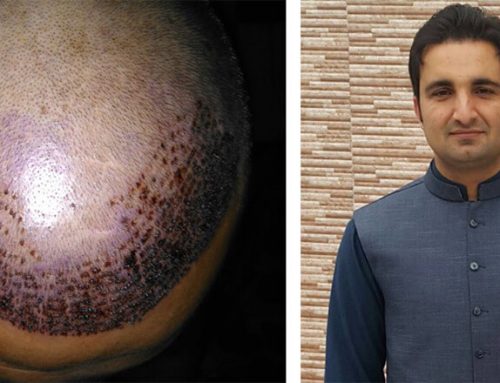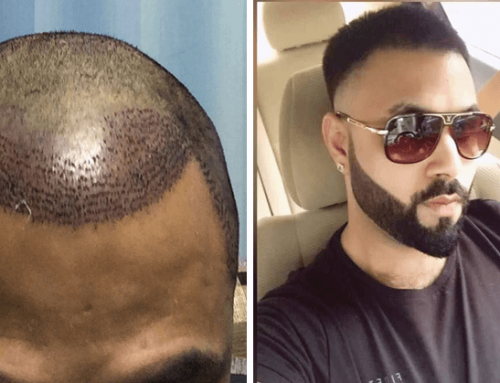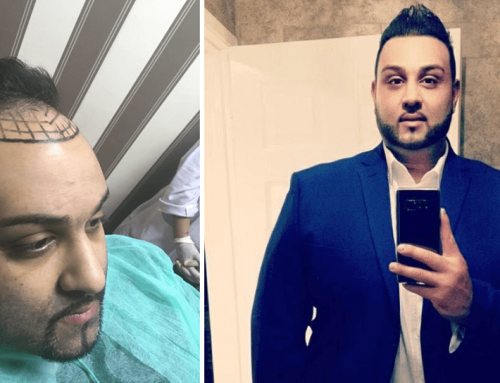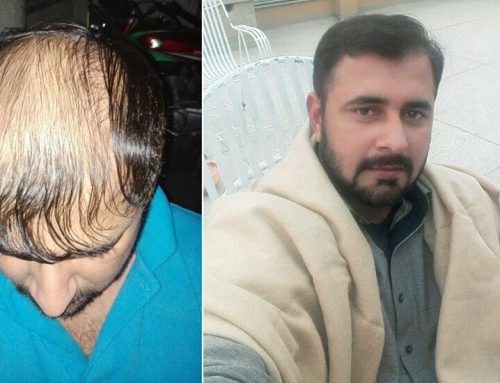The quality of the rendering depends, however, on the quality of the intervention.
“Performed in good conditions, the surgical techniques of implantation of hair give very satisfactory results,” says Prof. Christian Dubreuil, surgeon responsible for the only university medical training specializing in baldness , at the Claude-Bernard University of Lyon . More than 90% of the patients are men, but the development of micrograft techniques, better suited to diffuse baldness, leads more and more women to consider surgical correction.
The well-defined calvities observed in men allow, in some cases, to move shreds of the scalp from areas rich in hair to more unbalanced areas. For others, it is possible to envisage a reduction of tonsure, more or less important, by removing a part of the striped zone. The techniques of mini or microgreffe of hair are now the most frequently proposed.
They involve taking hair from areas where they are well supplied and relocating where they are lacking. The hair can be removed in strips, cut to form implants of 1 to 4 hairs for micrografts and up to 8 for minigrafts. This approach leaves a scar hidden by the hair and allows reimplanting up to 5000 hair.
Six hours of intervention
“We then have to wait six months to see a result,” reminds Professor Dubreuil. The implanted hair falls quickly, leaving thousands of small red spots on the skull. “A new hair grows, reaching an average of 2 cm after 6 months. The results are all the more satisfying since the expectations are realistic: the density obtained makes it possible to mask the skull with the hair having repulsed, not to regain the original density. For most patients, the majority of grafts are implanted correctly, with on average 10 to 20% loss. It is sometimes necessary to make several interventions to achieve the expected result.
The quality of the result depends, however, primarily on the quality of the intervention. It is important to ensure that the pharmacy has an accreditation from the regional health agency. “These techniques must be practiced by a physician specifically trained to master the method itself, but also the conditions to reduce the risks associated with any surgery,” insists Professor Dubreuil.






